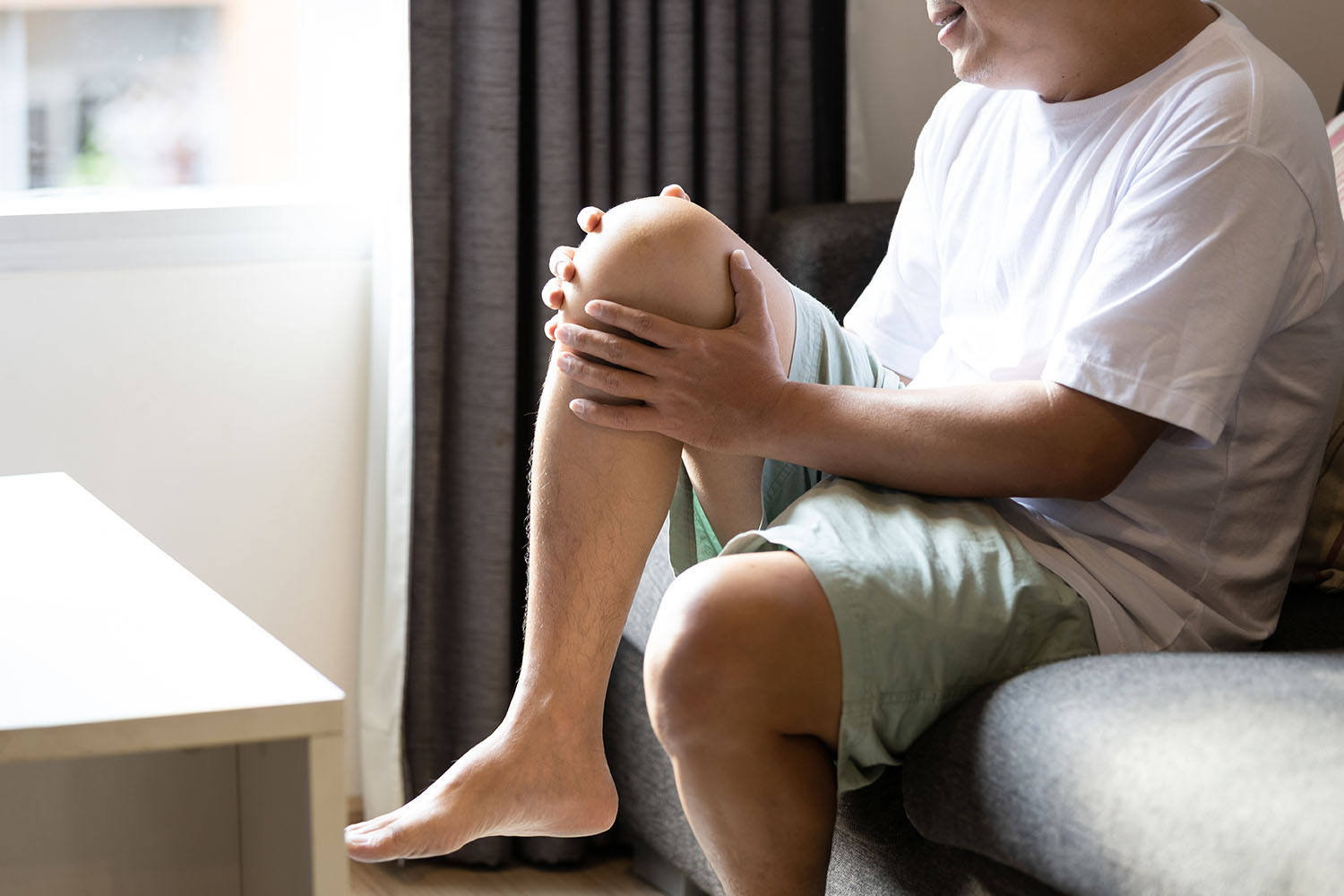Overview
Pes anserine bursitis is a condition that causes pain and inflammation in the inner knee. The term “pes anserine” refers to the anatomical location where the tendons of three muscles – the sartorius, gracilis, and semitendinosus – converge and attach to the shinbone (tibia) just below the knee joint. This area is called “pes anserinus” because the three tendons together resemble a goose’s foot (“pes” meaning foot and “anserine” meaning goose-like). A bursa, a small fluid-filled sac, is situated at this location to reduce friction between the tendons and the bone. When this bursa becomes inflamed, the condition is known as pes anserine bursitis.
Causes of Pes Anserine Bursitis
Pes anserine bursitis can result from various factors, including:
- Overuse and Repetitive Stress: Activities that involve frequent knee bending, such as running, cycling, or stair climbing, can lead to overuse and irritation of the bursa.
- Improper Training Techniques: Poor exercise form or rapid increases in physical activity levels can contribute to the development of pes anserine bursitis.
- Obesity: Excess body weight can place additional stress on the knee joint, increasing the risk of bursitis.
- Knee Osteoarthritis: Individuals with osteoarthritis are more susceptible to developing bursitis due to the degenerative changes in the knee joint.
- Muscle Imbalances: Weakness or tightness in the muscles surrounding the knee can lead to abnormal stress on the bursa.
Symptoms of Pes Anserine Bursitis
The primary symptoms of pes anserine bursitis include:
- Pain and Tenderness: Pain is typically localized to the inner knee, just below the joint. The area may be tender to the touch.
- Swelling: Inflammation of the bursa can cause noticeable swelling in the affected area.
- Difficulty with Movement: Activities such as climbing stairs, getting up from a seated position, or walking may exacerbate the pain.
- Morning Stiffness: Pain and stiffness are often more pronounced in the morning or after periods of inactivity.
Diagnosis
Diagnosing pes anserine bursitis involves a combination of physical examination and medical history. A healthcare provider will assess the knee for tenderness, swelling, and range of motion. Imaging studies such as X-rays or MRI scans may be used to rule out other conditions like fractures or ligament injuries.
Treatment Options
Treatment for pes anserine bursitis focuses on relieving pain and reducing inflammation. Common approaches include:
- Rest and Activity Modification: Avoiding activities that exacerbate the symptoms is crucial for recovery. Resting the knee and gradually returning to activity can help prevent further irritation.
- Ice Therapy: Applying ice packs to the affected area can help reduce swelling and numb the pain.
- Medications: Over-the-counter nonsteroidal anti-inflammatory drugs (NSAIDs) like ibuprofen can help manage pain and inflammation.
- Physical Therapy: Stretching and strengthening exercises can improve muscle balance and reduce stress on the bursa. A physical therapist can design a personalized rehabilitation program.
- Corticosteroid Injections: In severe cases, corticosteroid injections may be administered to provide more immediate relief from inflammation.
- Weight Management: For individuals with obesity, weight loss can significantly reduce the stress on the knee joint and help alleviate symptoms.
Prevention
Preventing pes anserine bursitis involves adopting healthy lifestyle habits and proper exercise techniques. Key preventive measures include:
- Maintaining a Healthy Weight: Keeping body weight within a healthy range reduces stress on the knees.
- Warming Up and Stretching: Proper warm-up routines and stretching exercises before physical activity can prevent muscle imbalances and overuse injuries.
- Strengthening Exercises: Regularly performing exercises to strengthen the muscles around the knee can provide better support and reduce the risk of bursitis.
- Gradual Progression: Gradually increasing the intensity and duration of physical activities helps the body adapt without undue stress on the joints.
Pes anserine bursitis is a manageable condition with the right approach to treatment and prevention. Understanding the causes, recognizing the symptoms, and seeking appropriate medical care can lead to effective management and recovery. By incorporating healthy habits and mindful exercise practices, individuals can reduce their risk of developing this painful condition and maintain an active, pain-free lifestyle.



